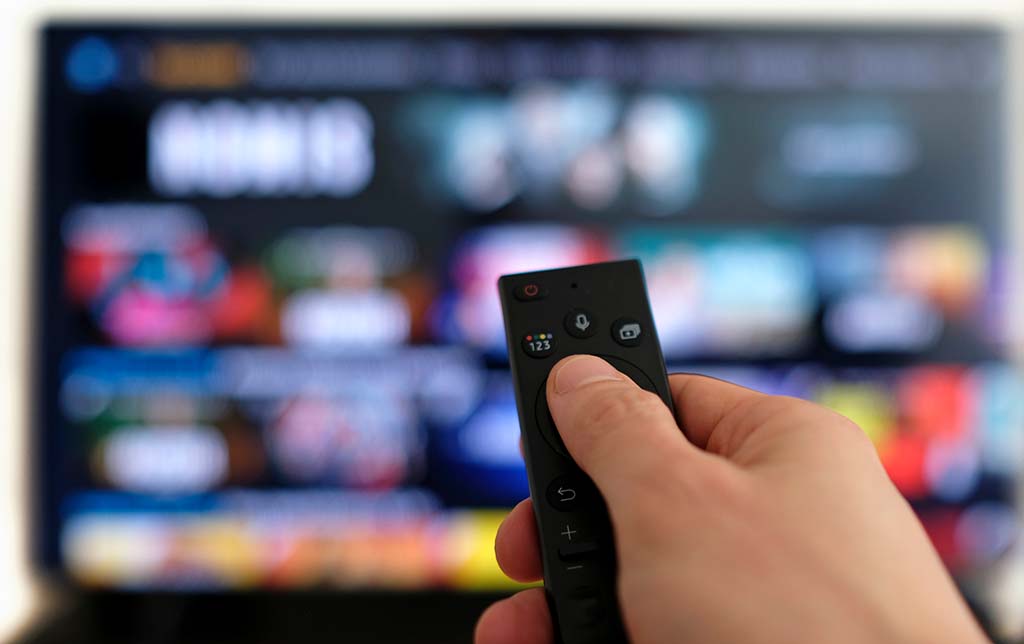
Changes in the TV market in the last 12 months have been nothing short of breathtaking.
Streaming overtook linear TV for the first time in late 2022. All the major streaming services now have or are set to launch ad-supported offerings. Meanwhile, a staggering 82% of all U.S. households have at least one internet-connected TV and the average consumer subscribes to four services.

In short, TV is lit right now.
It’s also massively fragmented. Signals, supply chains and measurement methods are all over the map and getting more complicated all the time.
In our current media landscape, there are two principal drivers of change. On the one hand, new and forthcoming privacy standards (and the actions of platforms to comply with them) have deprecated the cookie and mobile IDs while giving rise to new categories such as customer data platforms (CDPs), clean rooms and alternative IDs. On the other hand, the rise of new channels like connected TV (CTV) and the shift toward omnichannel media consumption have forced marketers to seek new ways to target, buy and measure advertising while transforming their own workflows and operations.
Agencies, publishers, ad-tech companies and everyone in between have a vested interest in helping their partners navigate this newfound complexity. Fragmentation makes data, technology and services even more essential than ever before. When everything is broken into pieces that don’t talk to each other, the connective tissue becomes absolutely vital.
There are several things that are vital for overcoming the challenges posed by fragmentation and delivering value for brands and advertisers at scale, and your TV/CTV partner should be equipped with all of them:
Converged media planner services (CMPs): These call for inventory recommendations on reach and frequency against audiences that media planners want to use. When you have fragmentation, it’s hard to optimize for reach or frequency, but a CMP can overcome that.
Advanced currency providers (ACPs): Advanced currency providers are being offered adjacent to legacy Nielsen measurement for national TV. And Nielsen, Comscore, VideoAmp and iSpot are the tip of the measurement iceberg with more on the way; what matters are business outcomes, and advanced currencies aim to provide a better picture of those results and a good ACP provider will offer that.
Analytics: Having brought all channels under one roof and united them into a single workflow, the next step is to seamlessly infuse every phase of the process with intelligence and analytics. Brands need to be able to harness their first-, second- and third-party data to resolve identities, build audiences, model lookalike audiences, and map audiences to an individual or household. From there, brands can activate those audiences across all channels in a privacy-safe way.
Deep linear and digital TV knowledge: This may surprise some people, but video advertising was not invented with the internet. The first TV ad ran in July 1941(!) and since then there have been 80-plus years of learning about what works and why that is massively relevant in an omnichannel world. Finding a provider who knows TV and digital will enable advertisers to be successful understanding audiences and driving engagement across formats.
TV advertising may be complex and fragmented, but it remains an essential communication channel for brands. With the right mix of services to overcome fragmentation, the convergence of TV and video represents an enormous opportunity for brands to connect with consumers in a truly omnichannel way — especially for advertisers that get there early.







